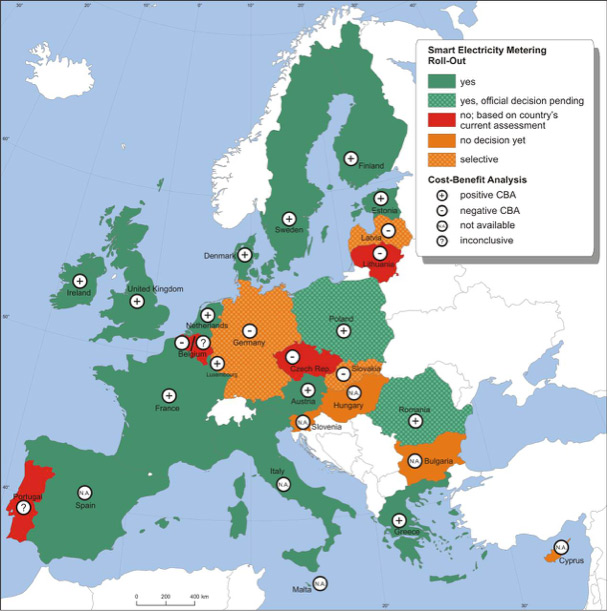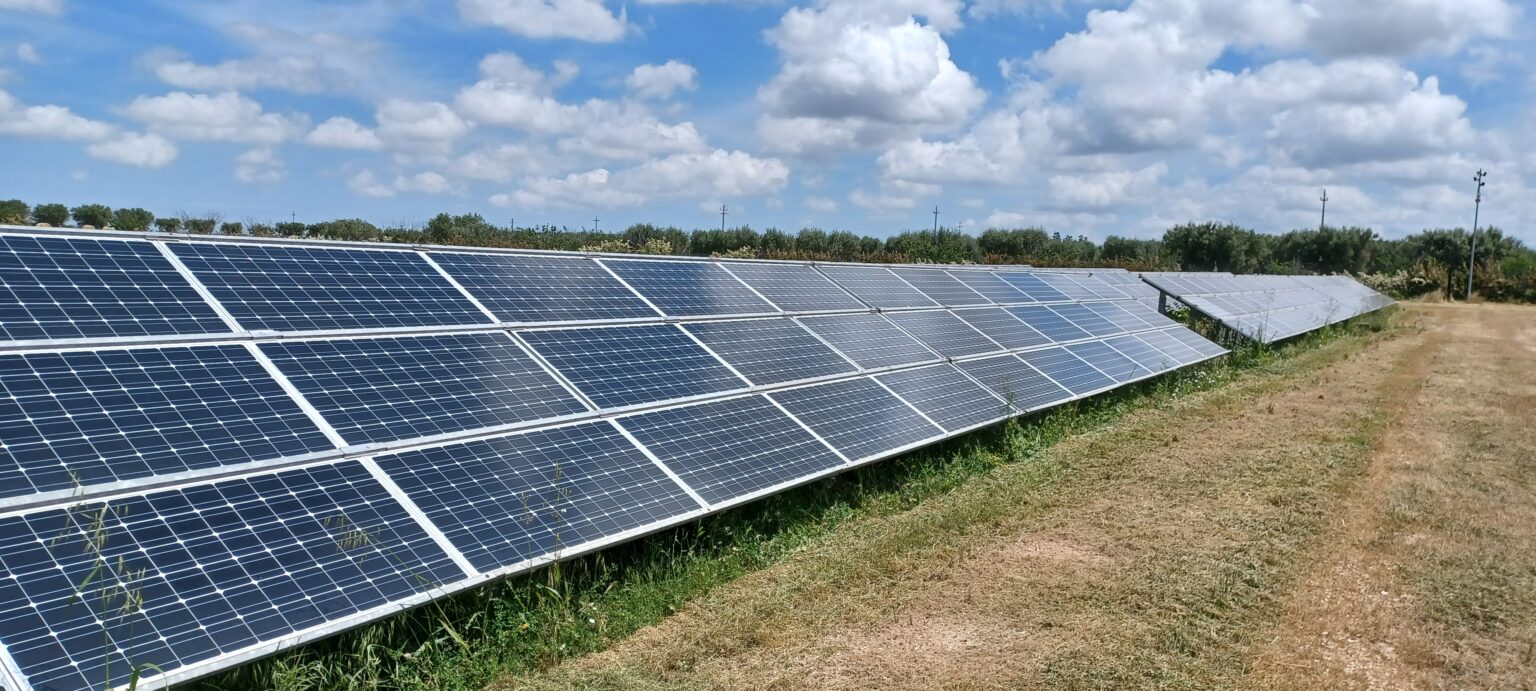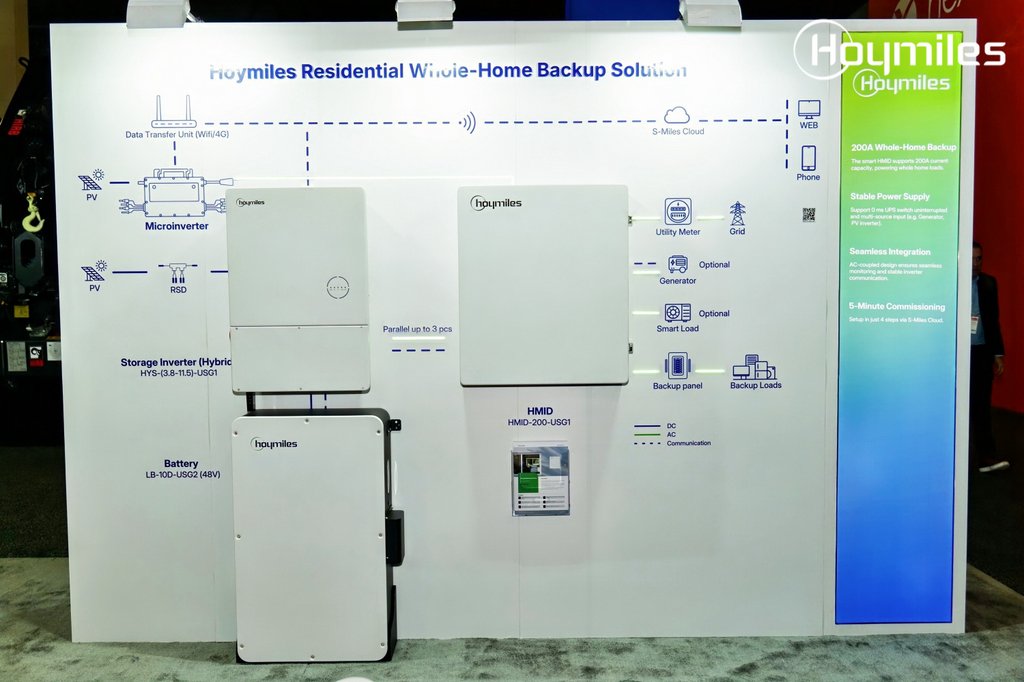Report on Guwahati’s Urban Development and Alignment with Sustainable Development Goals
1.0 Executive Summary: Guwahati’s Urban Profile
Guwahati, the capital of Assam, is a primary urban hub for the North East region of India. The city is undergoing a period of rapid growth and transformation, underscored by its projection as a smart city by 2025. This report analyzes the city’s development trajectory in the context of the United Nations Sustainable Development Goals (SDGs), with a particular focus on the role of local information dissemination platforms.
- Major metropolitan center on the banks of the Brahmaputra River.
- Key economic and logistical port for the region.
- Experiencing significant urban expansion and development.
2.0 Alignment with Sustainable Development Goals (SDGs)
Guwahati’s development, particularly its smart city initiative, directly corresponds with several key SDGs. The city’s growth strategy presents an opportunity to integrate sustainability into its core planning and infrastructure.
- SDG 11: Sustainable Cities and Communities
The projection of Guwahati as a smart city is fundamentally aligned with SDG 11. The goal is to make the city inclusive, safe, resilient, and sustainable by leveraging technology and innovative urban planning. - SDG 9: Industry, Innovation, and Infrastructure
As a major port and growing metropolis, Guwahati’s development necessitates building resilient infrastructure and promoting inclusive and sustainable industrialization, which are central tenets of SDG 9. - SDG 8: Decent Work and Economic Growth
The city’s role as an urban hub for the North East stimulates sustained, inclusive, and sustainable economic growth, contributing to the creation of decent work opportunities for the region.
3.0 The Role of Local Media in Supporting the SDG Agenda
In a rapidly growing urban environment like Guwahati, a dedicated local publication or media platform is a critical tool for achieving sustainable development objectives. Such a platform serves as a key institutional partner in the city’s progress.
- Enhancing Public Access to Information (SDG 16 – Peace, Justice and Strong Institutions): A local publication ensures public access to information regarding development projects, governance, and sustainability initiatives, fostering transparency and accountability (Target 16.10).
- Facilitating Community Engagement (SDG 11 – Sustainable Cities and Communities): Media provides a necessary channel for citizen feedback and participation in urban planning, ensuring that development is inclusive and meets the needs of the community.
- Building Multi-Stakeholder Partnerships (SDG 17 – Partnerships for the Goals): A publication can act as a convener, connecting government bodies, the private sector, and civil society to collaborate on SDG-related projects and raise collective awareness.
Analysis of SDGs, Targets, and Indicators
1. Which SDGs are addressed or connected to the issues highlighted in the article?
-
SDG 11: Sustainable Cities and Communities
- The article directly connects to SDG 11 by stating that Guwahati is “Projected to be a smart city by 2025.” The concept of a “smart city” aligns with the goal of making urban areas inclusive, safe, resilient, and sustainable.
- It further reinforces this connection by describing Guwahati as an “urban hub” and a “metropolitan city” experiencing an “unparalleled pace of growth,” all of which are central themes of SDG 11.
2. What specific targets under those SDGs can be identified based on the article’s content?
-
Target 11.3: Enhance inclusive and sustainable urbanization
- This target aims to “enhance inclusive and sustainable urbanization and capacity for participatory, integrated and sustainable human settlement planning and management in all countries.”
- The article’s mention of the “Projected to be a smart city by 2025” initiative is a direct example of a plan for sustainable urbanization and management of a growing metropolitan area.
3. Are there any indicators mentioned or implied in the article that can be used to measure progress towards the identified targets?
- The article does not mention any formal UN SDG indicators. However, it provides an implied, project-specific indicator for measuring progress towards sustainable urbanization in Guwahati.
- Implied Indicator: The projection of Guwahati becoming a “smart city by 2025.” This serves as a specific, measurable, and time-bound milestone. Progress can be tracked by evaluating the implementation and completion of the smart city project against the 2025 deadline.
4. Table of SDGs, Targets, and Indicators
| SDGs | Targets | Indicators |
|---|---|---|
| SDG 11: Sustainable Cities and Communities | Target 11.3: By 2030, enhance inclusive and sustainable urbanization and capacity for participatory, integrated and sustainable human settlement planning and management in all countries. | Implied Indicator: The completion of the project for Guwahati to become a “smart city by 2025.” |
Source: guwahatiplus.com







